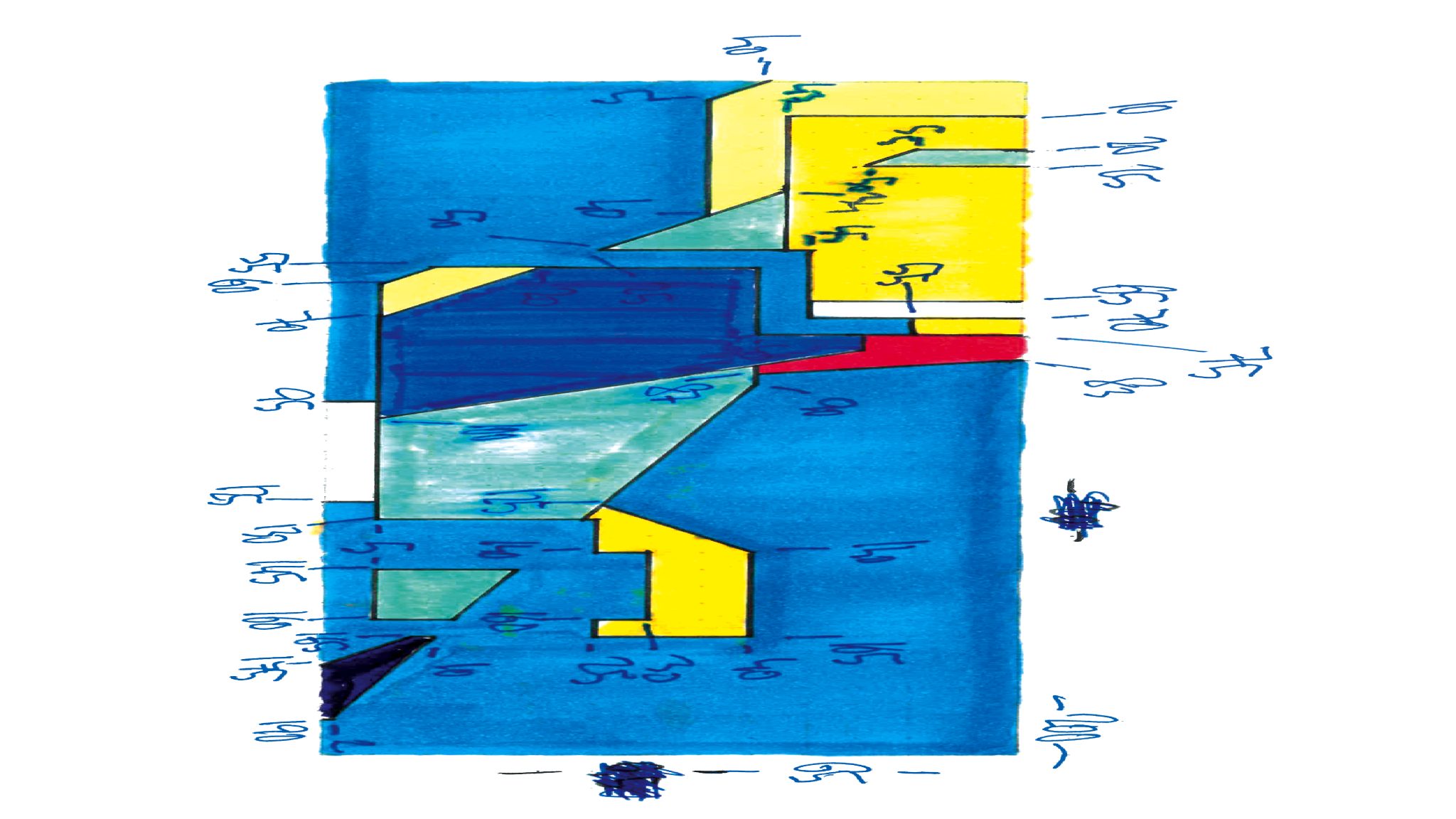Zeb One
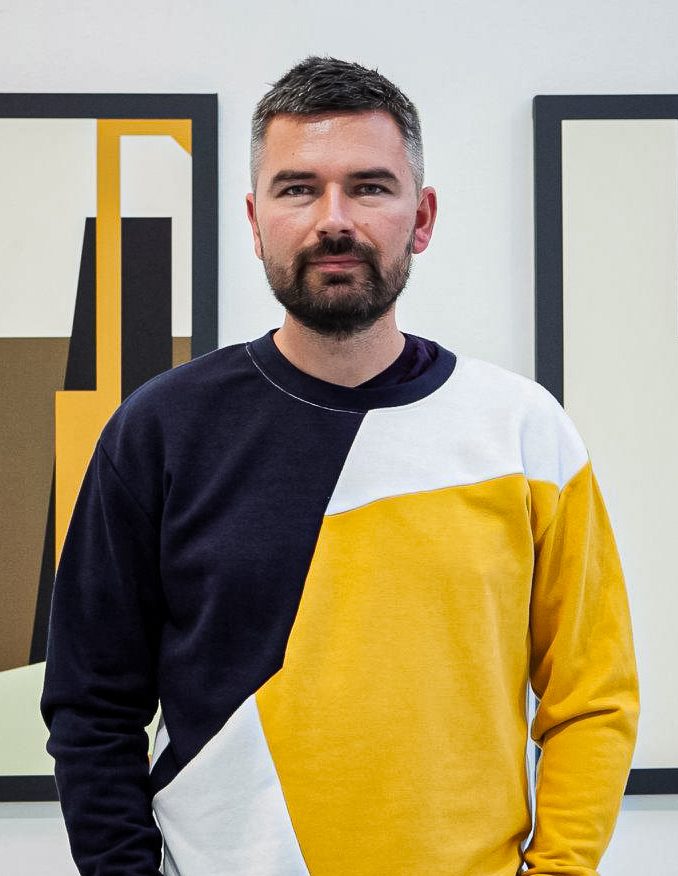
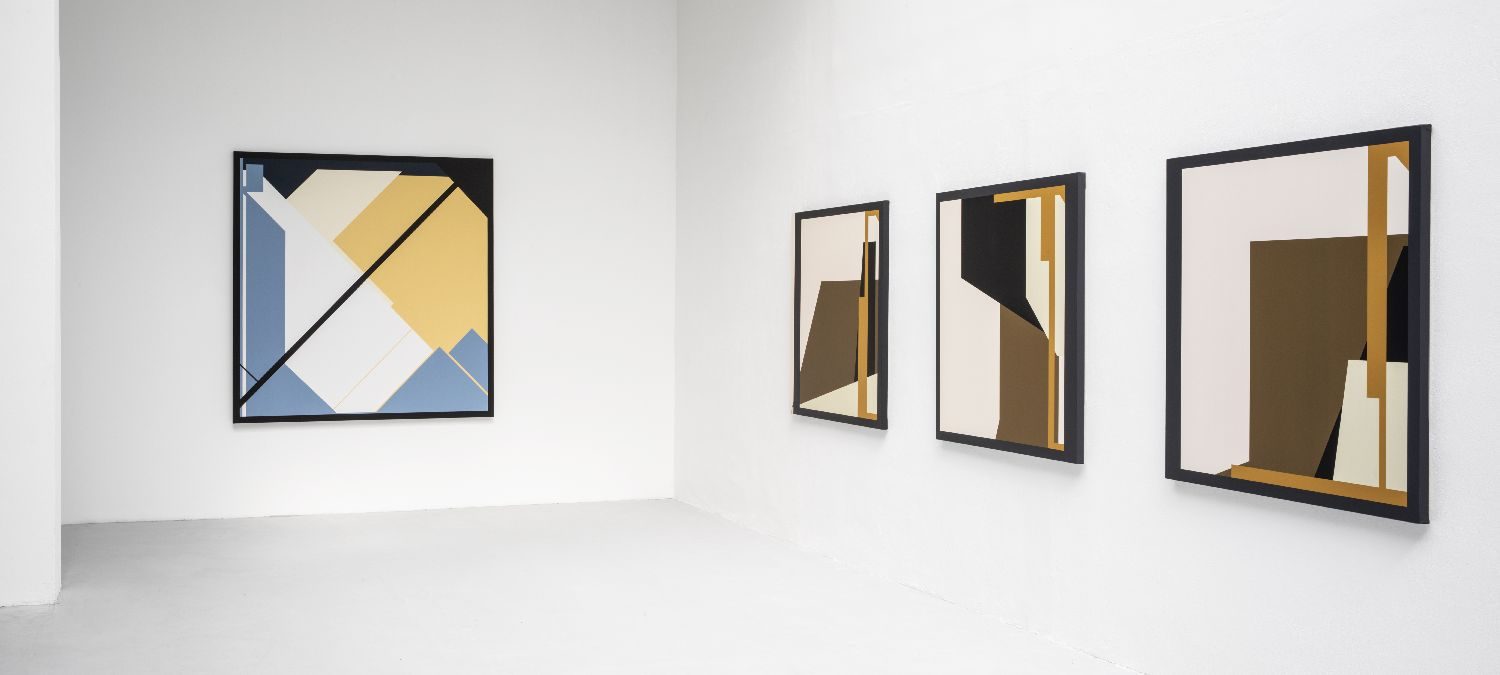
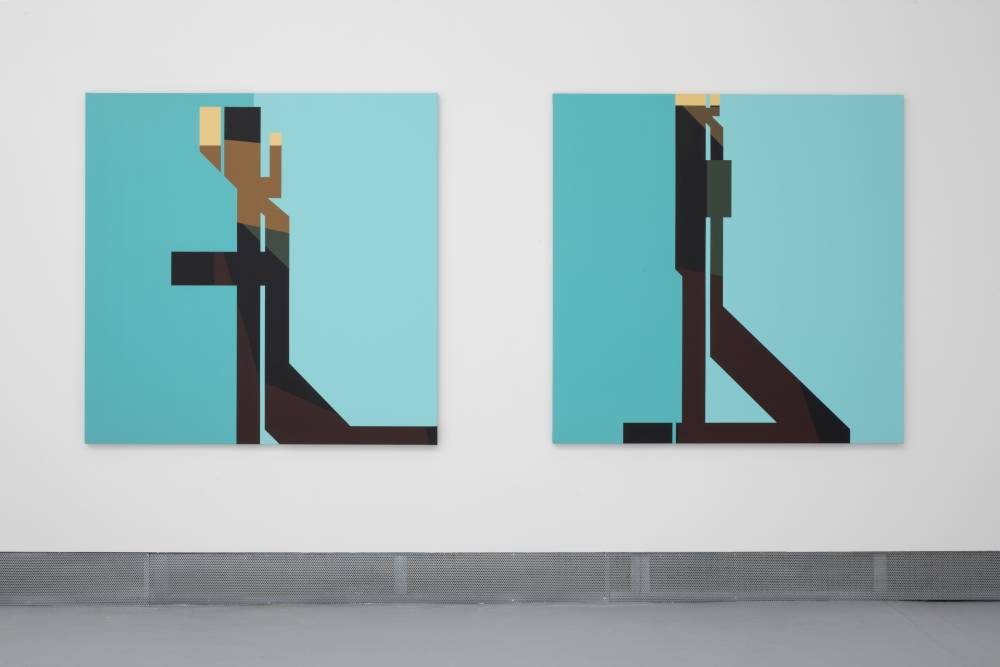
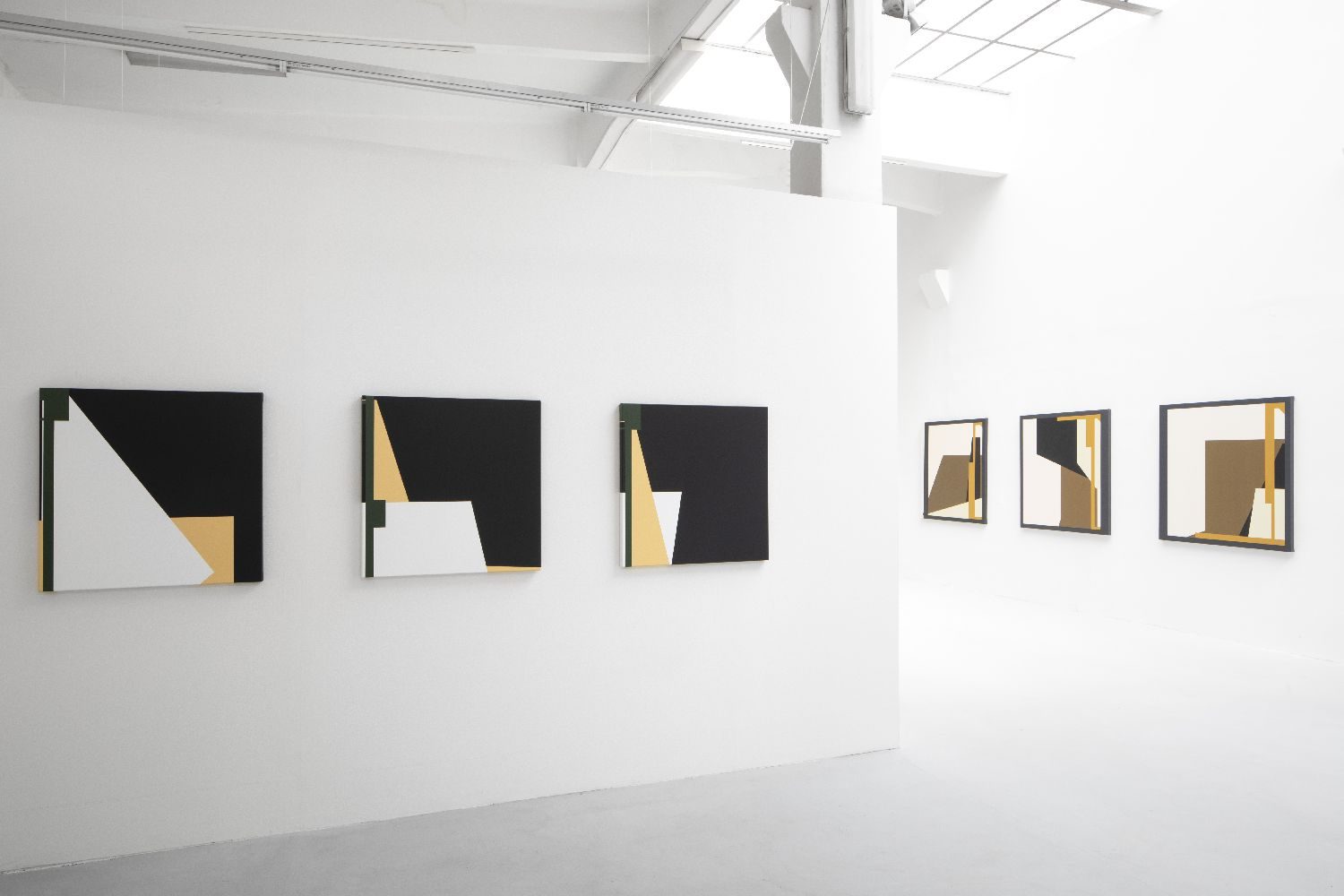
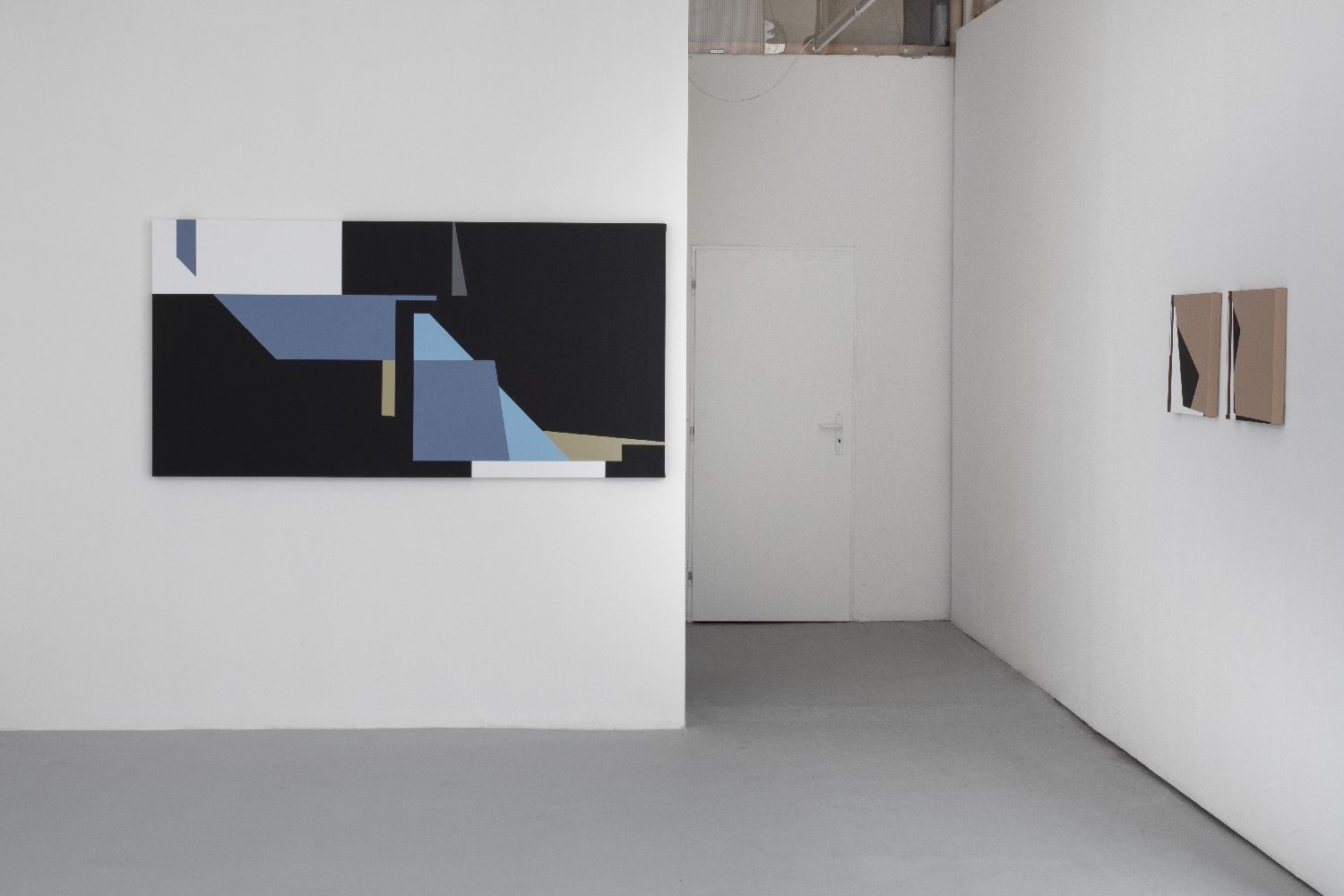
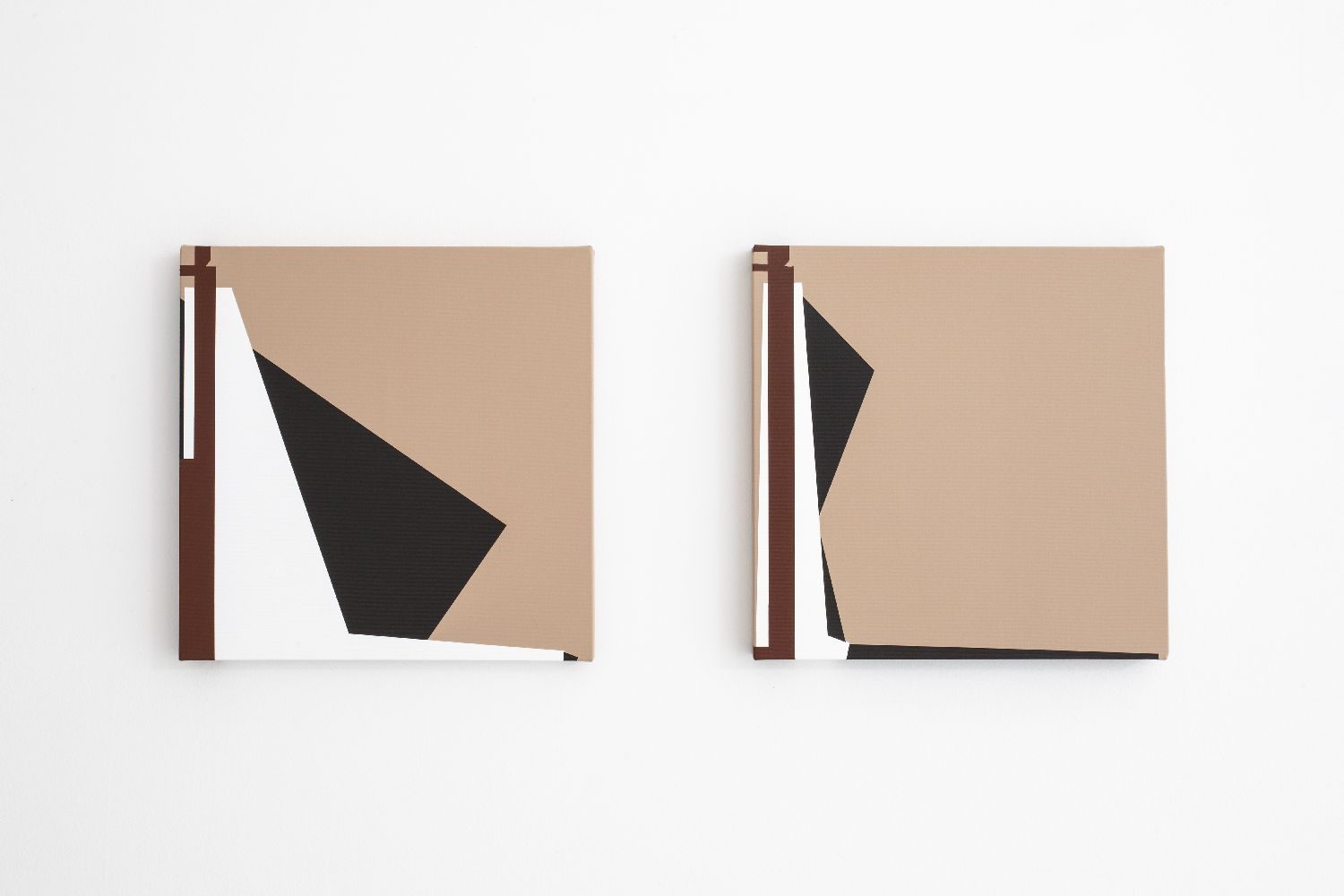
ZEB ONE (1982) is another of the writers who crossed the boundaries between the street and the gallery scene and joined the growing trend of recent years, characterized by the gradual penetration of the graffiti language into the space of free art without attributes. Within the graffz community, he has long been one of the unmissable individuals whose position is firmly established and defined by respect in the domestic history of the field. After all, this also applies to the entire TOP crew, which he founded together with NIER and MIND. Stylistic purity focused on the street, simplicity of shapes with the energy and punch of a stamp, a bold choice of location and a compact collective consciousness - these are the qualities that are still appreciated in connection with this group today. Because, or perhaps despite the fact that ZEB ONE has had his most active moments of activity for some time now, the question arose - as with other prominent authors - where his next steps will lead. The answer to it is given by a series of exhibitions from recent years, which show the author's further development quite clearly
ZEB ONE's paintings, mostly consistently based on formats, have been characterized from the beginning by a flat purist style of "ruler" geometry. If the first canvases were dominated by black, the following work already affected the muted, not very contrasting colors of broken shades, which also corresponded to the successive kilns. During its development, ZEB ONE has shown that it has no problem minimizing or completely omitting wraps, placing them against the logic of the shapes outside, or, on the contrary, moving them inside the composition, so that they work in the sense of an aesthetic cut. The right-angled bend sometimes dynamizes the inconspicuous diagonals. The construction of his paintings is usually tied to the perimeter of the canvas, while the center of gravity can paradoxically remain almost empty. However, the presence of color in the sense of real matter is important, so even if he could use the natural shade of the sheps, he always layers white on top of white in that case. It is also not unusual for him that the painting runs fragmentarily over the edge of the blind frame, as if he were still granting it the possibility of contact with the wall from which it originally came and where it actually belongs.
ZEB ONE is systematic and minimalist in its own way. Although in some cases he progresses and advances the visuality of his compositions intuitively, they are always preceded by preparatory sketches that verify the effectiveness of their construction. He is well aware of the stiff "measurement" of the first attempts in a series and the gradual liberation of expression towards greater progress, so that he sometimes does not even implement the first suggestions. The preparation is then complemented by a steady, precise implementation process, verified to the last detail by previous experience. By the fact that ZEB ONE does not avoid experimentation, which is a natural part of his artistic thinking, but at the same time practices it in completely rational and controlled conditions, we can, with a bit of necessary exaggeration, compare the process of creating his paintings to laboratory work. The internal structure of his paintings does not undergo radical development in leaps and bounds. When compared with each other, they are clearly transformed on the outside, but most of all they resemble the gradual states of a predictable mathematical formula to a certain extent, whose regularities and generalizing principles cannot be safely recognized and named by everyone.
In such a case, it can be a completely new structural element, but it can also be the culmination of a certain, more or less significant event in the composition, which will change the visual logic of the image. Recently, for example, previously atypical angles other than forty-five degrees have appeared on his carefully laid out and constructed canvases. For ZEB ONE, it is actually possible that this relatively fundamental innovation first took place on small formats (40 × 40 cm), which can appear almost inconspicuous in the context of other images. Even the elements of the composition did not escape a certain reorganization, when the compacted, centrifugally placed motif gradually materialized into a perimeter line – that is, a kind of painted frame close to the border. But a much more radical shift took place through a change in the dynamic center of gravity of the image. If at the beginning the main motif hid in its defragmented surroundings, now, on the contrary, it has concentrated in a fixed shape of the letter, which does not compete with the background. Personal trickshots can then represent small color shifts, be it the use of turquoise, or replacing white with ivory.
Although ZEB ONE ventured into – for him – new gallery territory relatively recently, and Geometric completes the triumvirate of his first major exhibitions, it's clear that he has ambitions to rank among the authors to watch. It is not by chance that his work attracts attention with its quality even at collective exhibitions. From the very beginning, not only the pure purist form was interesting in them, but also, in contrast to it, the unusually strong connection to the environment that shaped the author. This project wants to make both qualities even more visible, the leading motive of which may be the question of identity.
